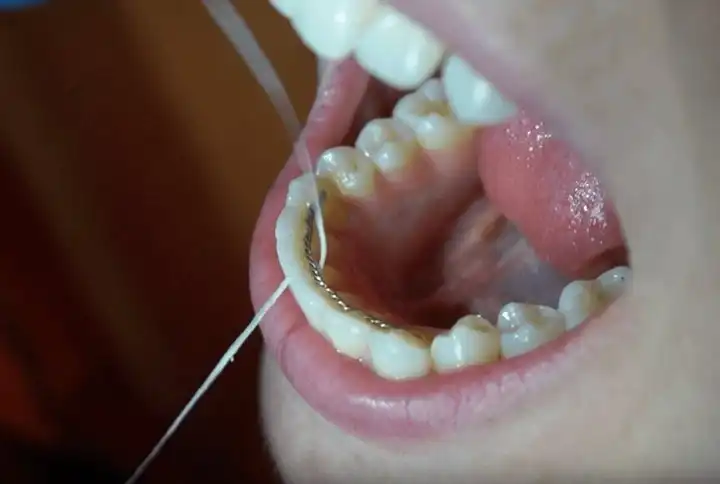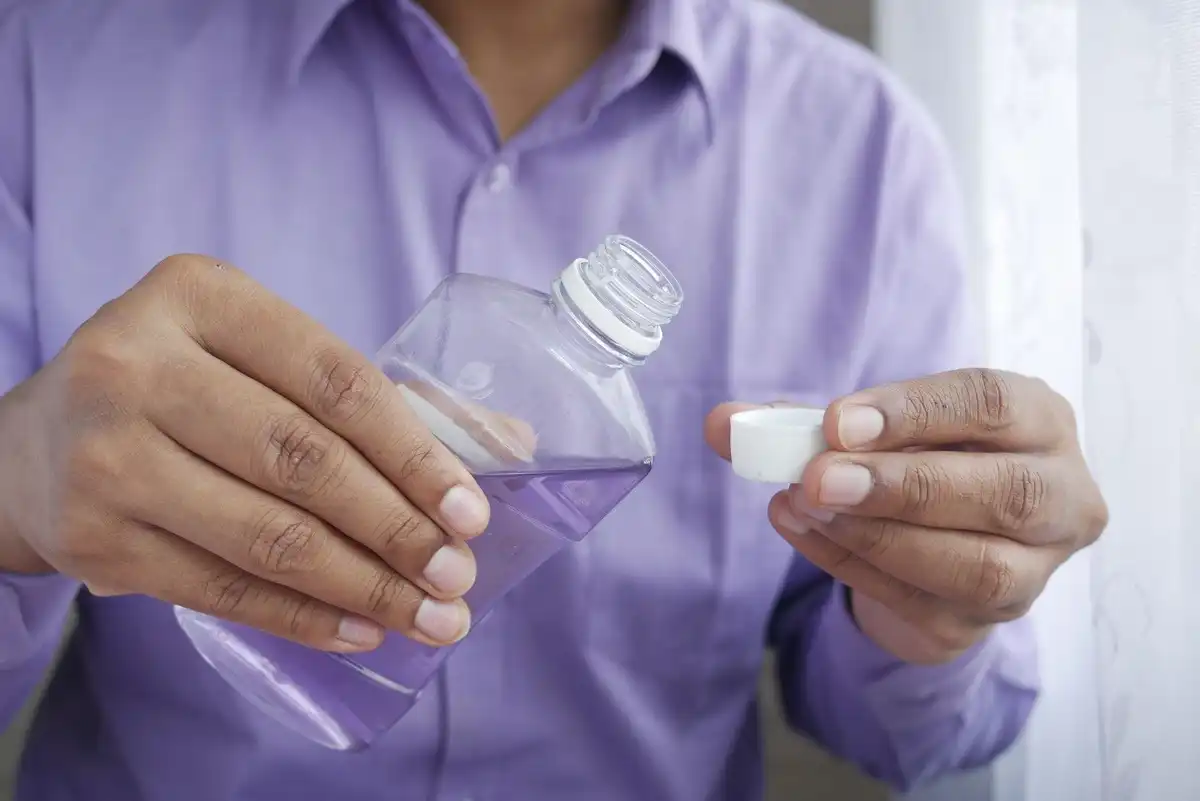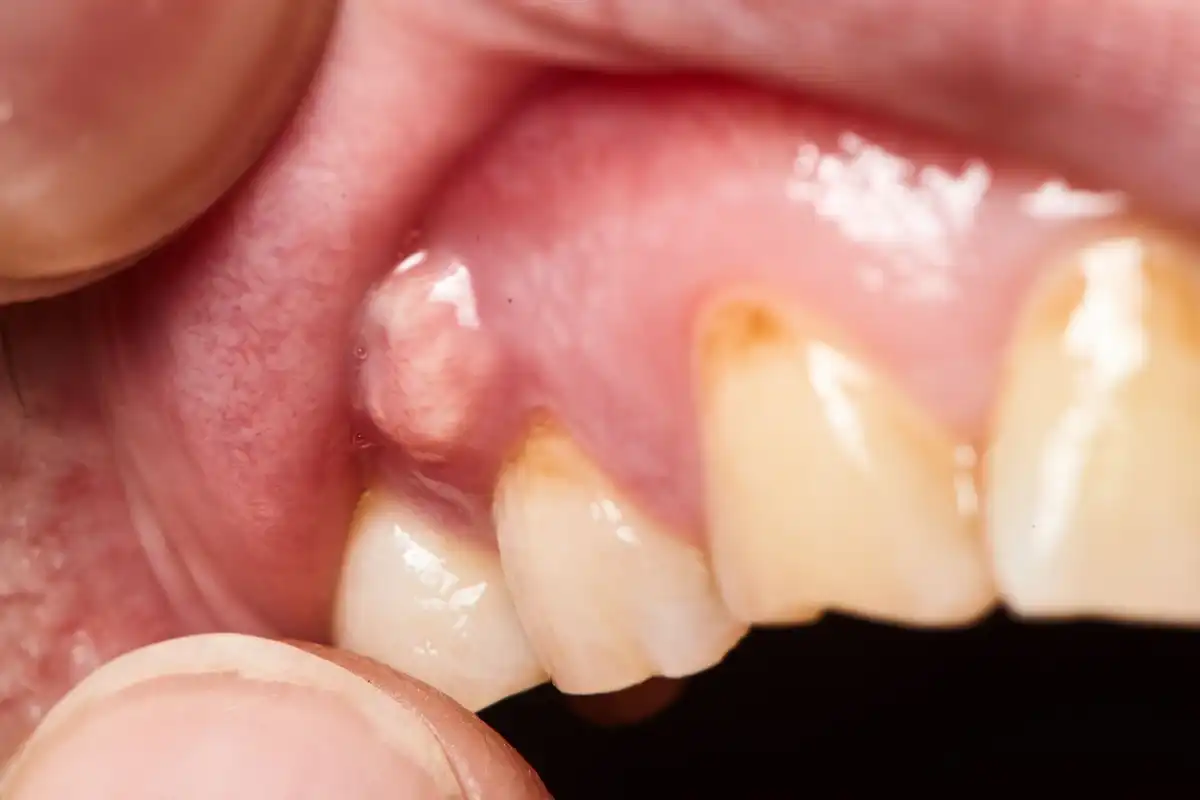7 Ways To Fix Black Triangles Between Your Teeth

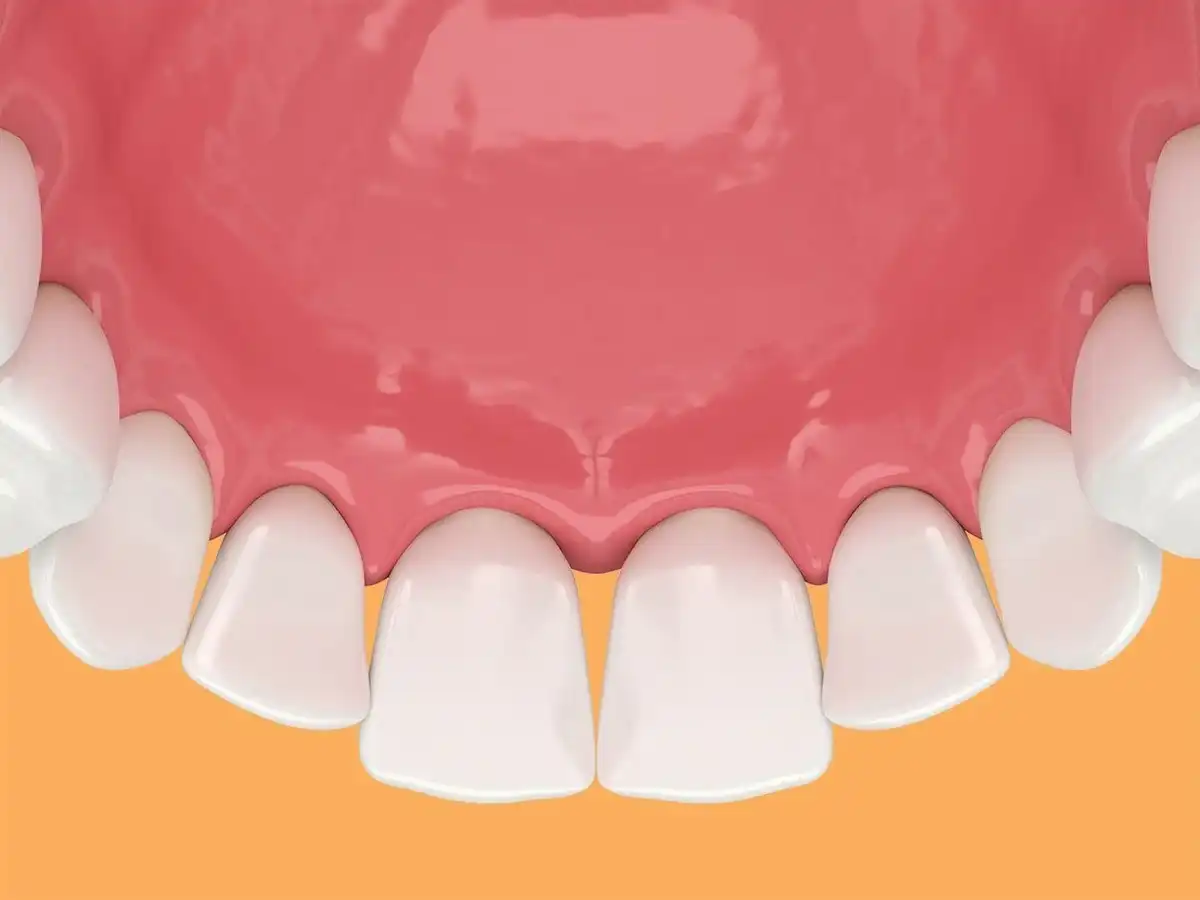
Do you have black triangles between your teeth? These small teeth gaps and shadows can pose a major aesthetic concern to the point where you don’t even feel comfortable smiling in front of other people. Knowing how to fix black triangles on teeth boils down to understanding their causes and the best way to fill those voids back in.
Trying to figure out how to fix black triangles on your teeth? Your dentist has a variety of solutions for correcting teeth gaps caused by gum recession. Black triangles on teeth are preventable with good home care and regular dental cleanings. But if they pose a cosmetic challenge you may need aesthetic treatments such as bonding, veneers, Invisalign, or a dermal filler applied to that area. The best treatment will depend on the severity of your gum recession and the size of the black triangles.
What Causes Black Triangles On Teeth?
How Can You Fix The Gaps
1) Proper Dental Hygiene
The absolute best method for how to fix black triangles on teeth is to prevent them from happening in the first place. You need to have excellent oral hygiene habits to keep your gums healthy and tight around each of your teeth. If you’re rough on your gums or don’t pay them enough attention, they’ll pull back from your tooth and leave a void in their absence. Gum tissues don’t grow back, so it’s super important that you take just as good care of them as you do the rest of your mouth.
Your Daily Care Plan Should Include:
- Gently brushing along the gums to remove any plaque (and to prevent tartar buildup.)
- Flossing around each tooth daily, making sure to slide your floss up underneath the edge of your gums to clean those spaces.
- OR -
- Using a water flosser to clean along the edges of your gums.
- Never jerking floss straight-up-and-down into your gums, since that can cause them to pull back.
- See your dental hygienist regularly for professional cleanings, since tartar can contribute to teeth gaps.
Addressing gum disease as soon as it’s diagnosed since untreated periodontitis will just lead to additional gum recession.
2) Veneers
Dental veneers are a sort of cosmetic restoration that masks the front of your teeth. They’re usually placed in sets of 6-10 at a time across the upper front teeth that are visible when you smile. Unlike crowns that cover the entire tooth, veneers only go over the fronts and a little over the sides of each tooth. You can select the size, shape, and color to meet your individual preferences. They’re basically the “go big or go home” cosmetic treatment when it comes to smile makeovers. Some people even refer to them as “instant braces” because of their ability to fill in teeth gaps.
The Procedure
If you’re using dental veneers to fill in black triangles on teeth, it will be a two-step process. The prep visit will include adjusting the enamel, taking impressions, and sending a model off to the lab. Your mouth will also be numb since the width of your teeth has to be reduced by the dentist. A couple of weeks later, your permanent veneers will be back from the lab and ready to bond into place.
3) Orthodontics
- Braces - Traditional bracket and wire orthodontics are one of the most affordable and efficient ways to move even the most seriously misaligned teeth. And if you’re worried about “metal mouth” there are also options out there that use ceramic or tooth-colored appliances that blend in more easily with your overall smile. Although most cases usually take around 12 months to complete, cosmetic or accelerated options that only straighten your front teeth (and take half of the time) might also be an option.
- Clear aligners - If you’re totally set against wearing braces or you want an alternative that’s easier to keep clean, then Invisalign or another clear aligner treatment is the best option. Invisalign digitally maps your tooth movement ahead of time, making pre-fitted alignment trays that move your teeth. All you have to do is switch them out every two weeks. They’re extremely accurate as long as you follow your home care instructions as directed.
4) Dental Bonding/Composite Resin
Cosmetic dental bonding is a fast and affordable cosmetic treatment that can cover all sorts of aesthetic irregularities! The material is similar to what your dentist uses during a filling and can be bonded to a variety of surfaces. It’s easy to cover misshaped enamel, stains, and in this case the occasional black triangles on teeth. And best of all, you may not even need any numbing or drilling while you’re at the dentist.
The Procedure
Bonding attaches directly to your enamel. Your dentist will use a gentle etch to roughen up the outer layer of your enamel for a tighter bond. Then, they’ll use a shade guide to select the appropriate color of composite. Since it comes in a variety of hues, it’s easy to match to your teeth. Next, they’ll adjust the composite by hand to fill in the teeth gaps. Once it’s the shape they want it to be, a bright light cures the resin permanently into place.
5) Dental Crowns
Crowns are “full coverage” restorations that completely encircle your tooth. This design makes it possible to slightly adjust the shape of the tooth, including its length and width. If your dentist is putting a couple of crowns immediately next to one another, it’s possible to design them in such a way that they fill in some of that space caused by your gums pulling back.
The Procedure
A dental crown treatment usually requires two separate appointments. The teeth will need to be prepped and slightly reduced in size so that a crown can slip over the top of them. An impression is taken and sent to the lab for the design process. About two weeks later you return to the office and have the porcelain crowns permanently bonded into place. In some cases, your dentist might have onsite CAD/CAM equipment like a CEREC machine, where they’re able to design and place a dental crown in just one appointment.
6) Hyaluronic Acid Treatment
If you’re into facial aesthetics and skincare, you’ve probably heard of hyaluronic acid. It’s frequently used to help tighten up skin, erase the signs of premature aging, and even as a dermal filler to add volume back into your skin. It’s also used by doctors to help relieve inflammation or for treating joints with osteoarthritis. But in this instance, it’s applied to gingival tissues to help treat the effects of gum disease (which causes black triangles) because it can help inhibit bacteria, speed up healing, and stimulate the development of new blood vessels. It’s thought to help regenerate tissues, which is what you need if you’re dealing with black triangles.
The Procedure
Most dentists will apply the hyaluronic acid treatment immediately after a deep cleaning or removing tartar from that space. In the majority of cases, it’s applied topically. Your dentist may even have you bring gel home to apply to the same site on a daily basis for up to two weeks. However, there are some cases where — like Juvederm or other dermal fillers — the product is injected directly into your gums to help plump them up for more immediate volume.
7) Tissue Grafting
Gingival grafting (also called soft tissue grafting) is where gum tissue is moved from one area onto the space where the gums are missing. There are also minimally-invasive alternatives, such as a new technique called “Pinhole” rejuvenation for treating gum recession. Both work to re-cover exposed areas for oral health and cosmetic purposes. However, it can be difficult to fully restore the pointed “papilla” that jets upward between healthy teeth.
The Procedure
Depending on the type of tissue graft you’re getting, gum tissue might be moved from the roof of your mouth or come from a third party (don’t worry, it’s totally safe and is similar to how burn victims are treated.) It’s placed over the tooth and sometimes sutured into place. The downside is if you’re the donor, the donor site can be pretty sore for several days. In the instance of a Pinhole procedure, the gums are just stretched up and over the tooth with the tissues that are already in that area.
Best Way For Preventing Gaps In Teeth
- Schedule regular cleanings to have tartar buildup removed and to keep your gums healthy.
- Floss properly (slipping it under the gums) or use a water flosser. Don’t yank the floss straight up and down into your gums.
- Don’t poke at your gums with a toothpick or force a proxy brush where it doesn’t fit.
Overcoming Black Triangles Between Your Teeth
Wondering how to fix black triangles on teeth? It’s actually your gums causing the visible teeth gaps! When your gums pull back and create a void, it creates black triangles on teeth due to the open space and shadows in that space. Fortunately, there are things your dentist can do to help fix them. From mild bonding to tissue grafting, your treatment recommendations will depend on how severe the black triangles are. Definitely talk to your dentist before they get any worse!
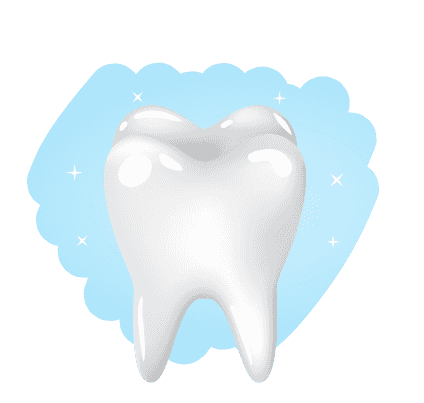
Make your inbox smile!
Subscribe


